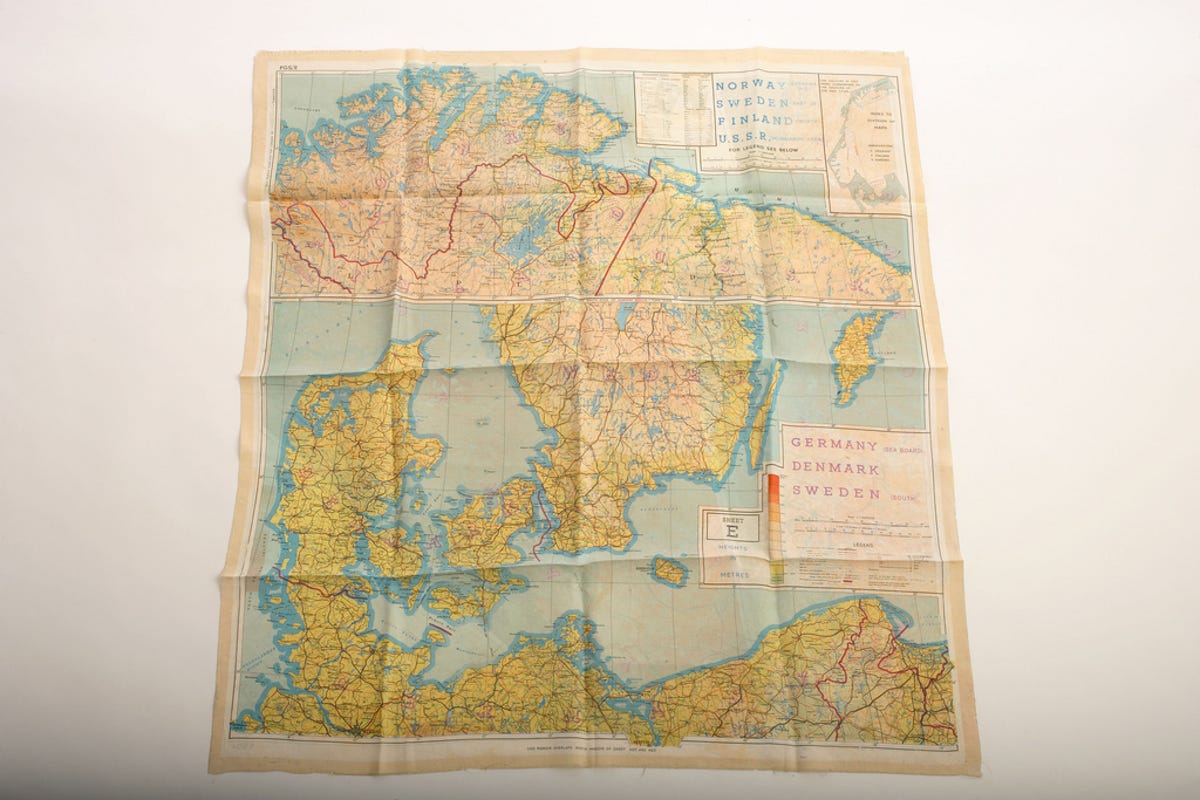Secret CIA spy gadgets go public (photos)
Thought James Bond had cool tech toys? Get a load of some of the spy gizmos being shown off by the CIA for the first time.

Escape and evasion map
The following images include some of the mementos that the agency is now sharing with the public for the first time. If you thought James Bond had cool tech toys, get a load of stuff like this silk escape and evasion map printed with waterproof dyes just in case the map ever got wet.
This gallery originally appeared on CBSNews.com.
Stereoscope
This gallery originally appeared on CBSNews.com.
Intrusion detector
This gallery originally appeared on CBSNews.com.
Unmanned Underwater Vehicle
Why they would want to do that is anybody's guess, but the CIA did come up with a nifty implementation of different technologies, including a communications system in the body and a propulsion system in the fish's tail. (An operator on land controlled it by a wireless line-of-sight radio handset.)
This gallery originally appeared on CBSNews.com.
Insectothopter
This gallery originally appeared on CBSNews.com.
Envelope opener
This gallery originally appeared on CBSNews.com.
Hand-crank audio drill
This gallery originally appeared on CBSNews.com.
Pneumatic tube
This gallery originally appeared on CBSNews.com.
Corona
This gallery originally appeared on CBSNews.com.
Minox
This gallery originally appeared on CBSNews.com.
Pigeon cam
This gallery originally appeared on CBSNews.com.
Concealed camera
This gallery originally appeared on CBSNews.com.
Semi-submersible
This gallery originally appeared on CBSNews.com.
Semi-submersible
This gallery originally appeared on CBSNews.com.
Lithium iodine battery
This gallery originally appeared on CBSNews.com.
Dulles ID card
This gallery originally appeared on CBSNews.com.

